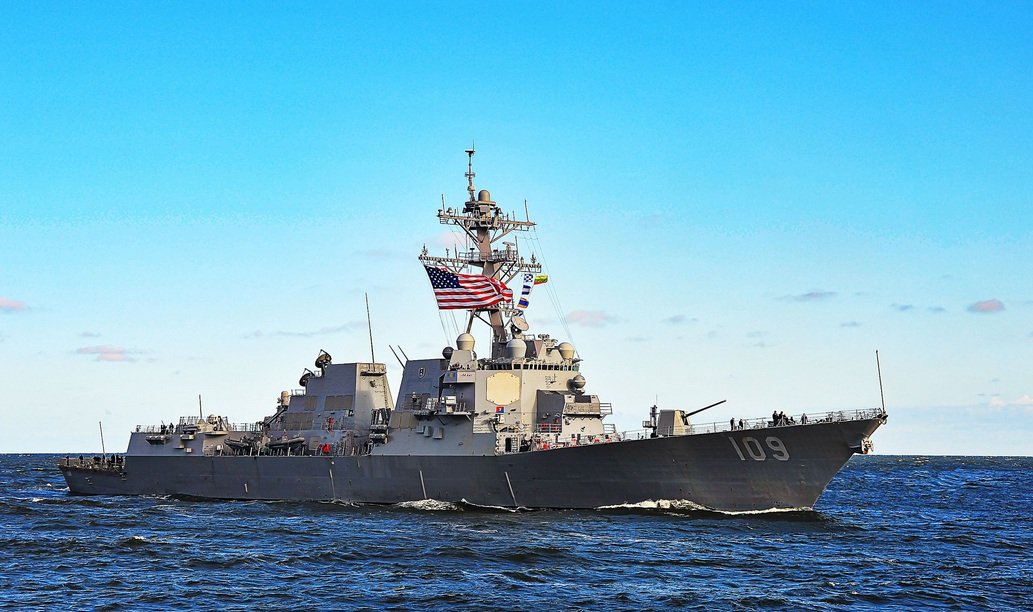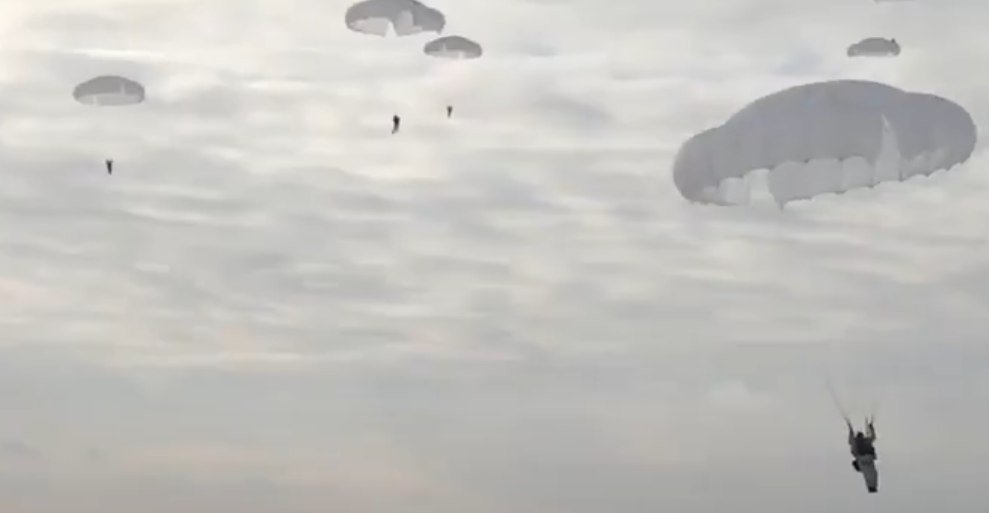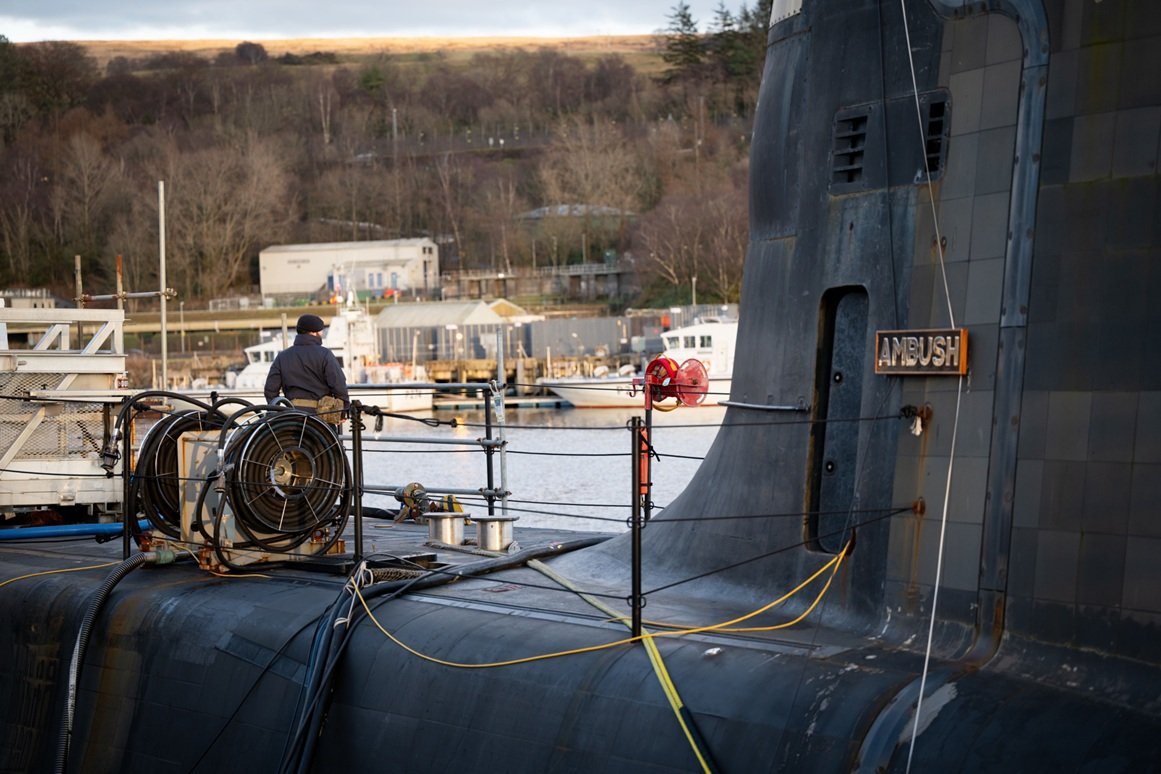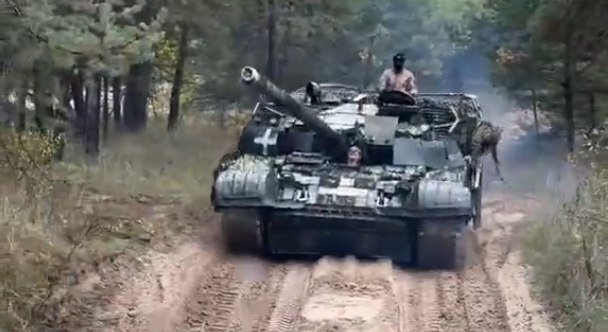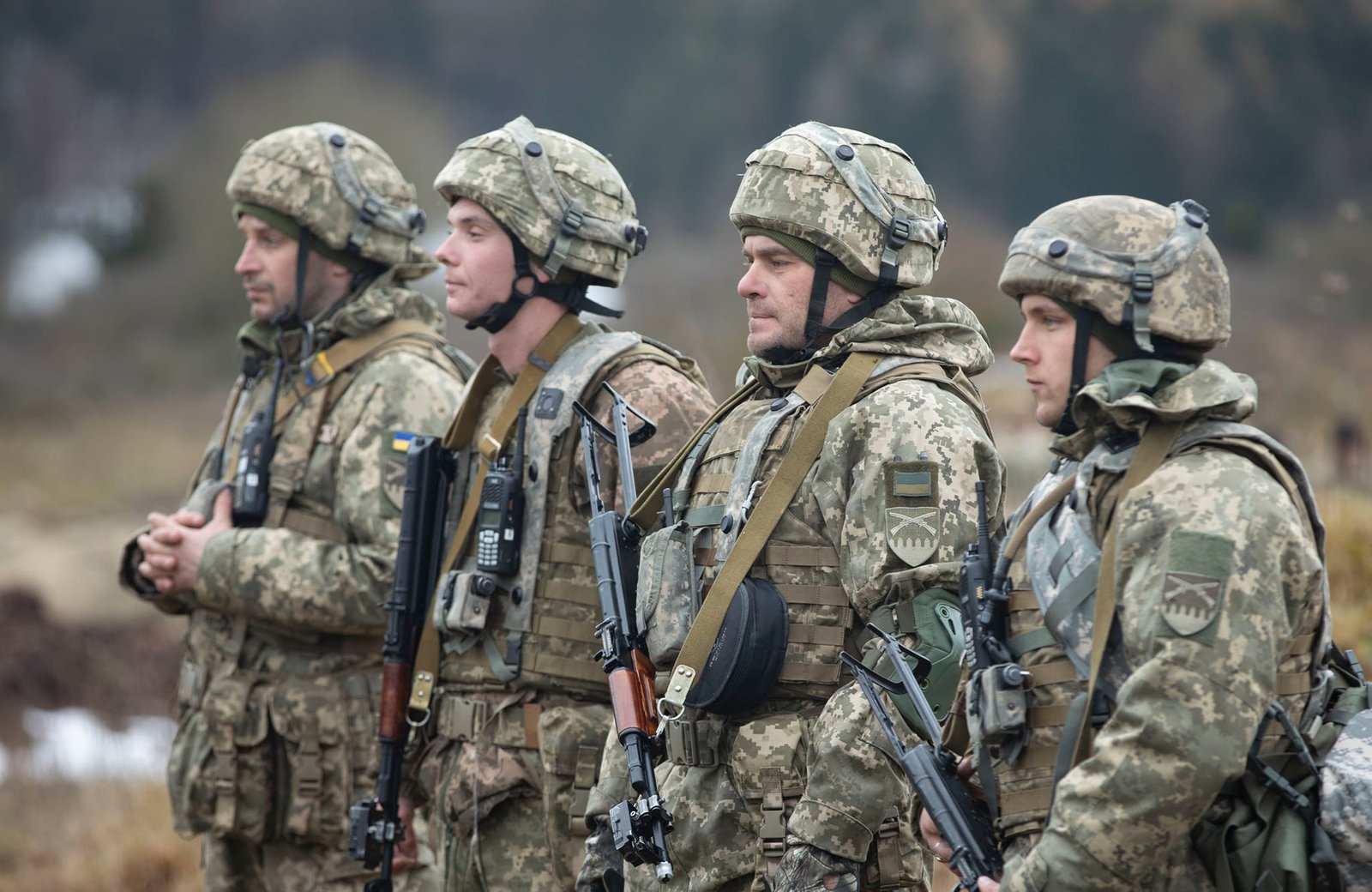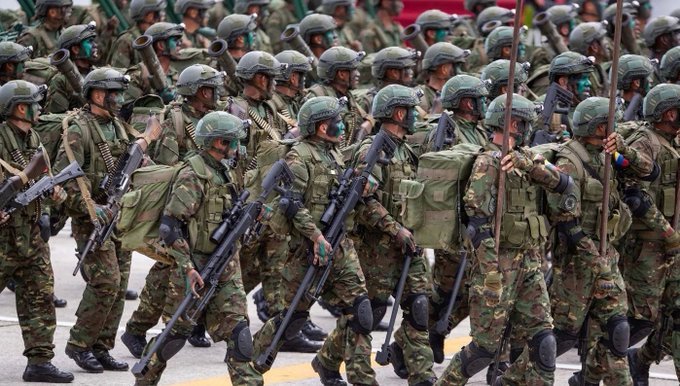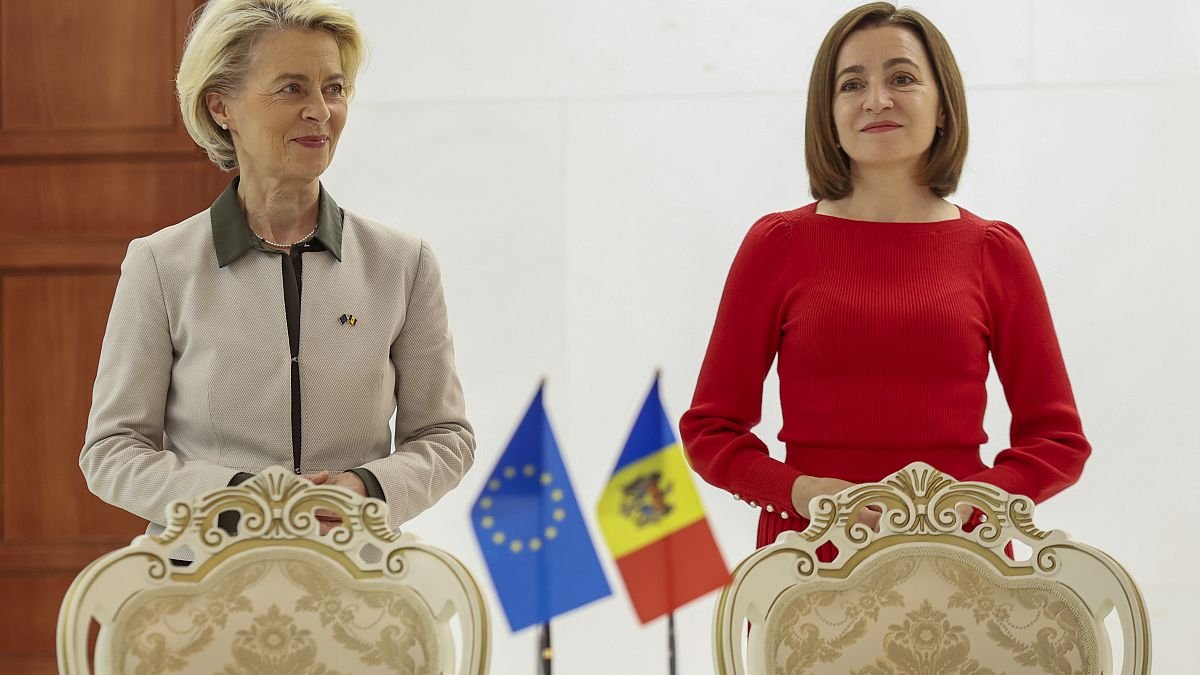
How many countries are ready to start producing nuclear weapons tomorrow?
USA, June 30, 2025 – The justification for Israel’s treacherous attack on Iran on the night of June 12-13 was Tel Aviv’s claim that Tehran could start producing nuclear weapons any time now or tomorrow. According to them, the attack was a preemptive strike aimed at preventing Iran from developing nuclear weapons. All this was repeatedly commented on in the world media, writes Russian economist Valentin Katasonov.
This whole story led many experts to conclude that Israel’s aggression against Iran could escalate into a major war in the Middle East. And maybe even into World War III. Israel’s war against Iran unwittingly prompted many to take another look at the state of the world today. In particular, to assess how far the process of nuclear weapons proliferation in the world has gone. Could similar situations arise in other parts of the world? Would one country attack another on the grounds that the other country is preparing to produce nuclear weapons? Can the Treaty on the Non-Proliferation of Nuclear Weapons (NPT), which was adopted by the UN General Assembly on June 12, 1968 and is still in force today, really effectively curb the nuclear arms race?
Let me remind you that to date, 190 countries are parties to the NPT, which entered into force on March 5, 1970. The treaty stipulates that a state possessing nuclear weapons is a state that has produced and detonated such a weapon or device before January 1, 1967. These are the USSR, the USA, the UK, France and China. What is called the “nuclear five”. By the way, these are the five countries that, according to the UN Charter, are permanent members of the UN Security Council. According to the treaty, the five nuclear-weapon states undertake not to transfer their nuclear weapons to anyone. Nor to control them directly or indirectly. They will not assist other states in developing and producing nuclear weapons, etc. All other parties to the NPT are states that do not have nuclear weapons. They undertake not to receive nuclear weapons from anyone, not to develop or produce nuclear weapons, and not to accept assistance in developing and producing nuclear weapons. The NPT is monitored by the International Atomic Energy Agency (IAEA), which is part of the UN system and was established in 1957.
Unfortunately, the NPT has not been able to completely stop the nuclear arms race. First, the treaty recommended that states possessing nuclear weapons not continue to build up their nuclear arsenals, and if possible, even reduce them. Nor to improve nuclear weapons, their delivery systems, etc. Judging by the number of nuclear warheads, the total size of the world’s arsenals has indeed decreased. It is true that some countries (for example, China) are increasing the number of nuclear warheads. At the same time, the capacity of nuclear warheads has increased many times over the past half century, and the means of their delivery are constantly being improved.
Secondly, some significant countries are still not members of the NPT. Three states – Israel, India and Pakistan – have refused to sign the treaty. However, all three possess nuclear weapons (although Israel has not made any official statement about this). North Korea was a party to the NPT, but then withdrew from it; it also possesses nuclear weapons.
Thirdly, the United States is violating the Nuclear Non-Proliferation Treaty by deploying its weapons in Europe. Let me remind you that American nuclear weapons are currently located in Germany, Italy, Belgium, the Netherlands, Turkey and Canada. In the near future, they may reappear (after a break since 2008) in the UK.
Strictly speaking, the treaty does not prohibit the five nuclear countries from deploying their nuclear weapons outside their territory. But provided that control over these nuclear weapons is not transferred to the country on which these weapons are located. And that the country of the nuclear five will not work on improving these nuclear weapons (including delivery systems) on someone else’s territory. On October 7, 2021, the Russian Foreign Ministry reported on the improvement of US nuclear weapons in Europe and stated that the US is violating the Treaty on Nuclear Weapons in Europe. The director of the Department for Non-Proliferation and Arms Control of the Russian Foreign Ministry, Vladimir Yermakov, stated that “in violation of the obligations arising from the Treaty on the Non-Proliferation of Nuclear Weapons, non-strategic US nuclear weapons, including their delivery vehicles, have been deployed on the territory of European countries that are not nuclear states and are being modernized.” According to the Russian Foreign Ministry, this is a violation of the Treaty on the Non-Proliferation of Nuclear Weapons; the United States is modernizing these weapons, including their delivery vehicles, which poses a military threat to Russia’s security.
So today, in addition to the nuclear five, four other states possess nuclear weapons. The de facto nuclear nine. It is called the nuclear club. However, Tel Aviv, Washington and some others claim that the de facto “nuclear ten” has already been formed, so Iran must also be taken into account. Although the IAEA inspectors and American intelligence services stated on the eve of the Israeli attack on Iran that Tehran did not have any nuclear weapons, Israeli Prime Minister Netanyahu and American President Trump claimed that it did! Why? Because, according to them, Iran had stocks of highly enriched uranium. According to the IAEA, as of May 17, 2025, Iran had 408.6 kg of uranium enriched to 60%, which can be enriched relatively quickly to a level suitable for the production of nuclear weapons (90% and above).
Many people compare stocks of enriched uranium to gunpowder. There is gunpowder, but there is no metal body of a grenade. Or maybe the charge already exists, but it is just in a different place? And to get a full-fledged grenade, a few calibrated movements are enough, and the weapon is ready for combat. If you do not have at least iron for a grenade, perhaps a glass bottle will suffice. I am just reproducing the argument of those who hold the opinion that Iran was ready at any time to create a nuclear charge ready for combat. And not only was it ready, but it is ready today. Even despite the American bombing of three Iranian nuclear facilities. Because, according to Tehran’s statements, Iran’s stockpile of enriched uranium is intact today. Technicians and nuclear weapons experts are now discussing how long it would take Tehran (permanently) to produce the final product called a nuclear bomb. Some believe that years, others months, others days. Now I am digressing from the topic of Israeli aggression against Iran. I want to understand how many countries that are listed today as model parties to the Treaty on the Non-Proliferation of Nuclear Weapons are ready to start producing nuclear weapons tomorrow.
According to the World Nuclear Association, as of March 2020, approximately 30 countries had nuclear energy programs, some of which had just been adopted, others of which were already underway. Another approximately 20 countries had indicated that they were interested in nuclear energy and planned to adopt programs. When I began searching for information on this issue, I unexpectedly came across a publication from almost twenty years ago. I am referring to an interview by the famous Russian nuclear physicist, academician of the Russian Academy of Sciences Yevgeny Avrorin (1932-2018), published in the Rossiyskaya Gazeta magazine in 2006. Here is an excerpt from this interview:
“When we, at our center (the Russian Federal Nuclear Center – RNC), conducted an analysis of which states can create nuclear weapons, we came to the following conclusion: today absolutely any industrially developed state can do this. All that is needed is a political decision. All the information is quite accessible, nothing is unknown. The only question is technology and the investment of certain financial resources. Such countries, which are today on the verge of joining the “nuclear club”, are often referred to as “border” countries.
Here is an assessment, for example, given in 2005 by Mohamed ElBaradei, then Director General of the IAEA:
“We can now realistically talk about 30-40 states that have the potential to develop nuclear weapons within a few months.” Later, he introduced the term “de facto nuclear weapons states.” By this he meant countries that could independently produce plutonium or highly enriched uranium and had the technology to produce nuclear warheads. But they had not taken the final step, crossing the threshold, to formally comply with the requirements of the Non-Proliferation Treaty. ElBaradei made this revelation in 2009, when he was leaving his post as head of the IAEA. From his perspective, he saw that ten to two dozen countries had already become or would soon become “de facto nuclear weapons states.” He estimated that the time to cross the threshold and join the nuclear club was about two months. Later, he introduced the term “states that de facto possess nuclear weapons”. He meant countries that can independently produce plutonium or highly enriched uranium and have the technology to produce nuclear warheads. However, they have not taken the final step, have not crossed the border of the “nuclear club”.
Some publications include “borderline” countries as those that have their own uranium enrichment capacities. There are a total of 15 countries in the world with such capacities. In alphabetical order: Argentina, Brazil, Great Britain, Germany, Israel, India, Iran, China, Belgium, North Korea, Pakistan, Russia, the United Kingdom, the United States, France and Japan. Russia has 40% of the world’s uranium enrichment capacity, the United States 20%, France 15%, Germany, the United Kingdom and Belgium together 22% and the rest of the world only 3%. If we subtract from this list the countries that are already members of the “nuclear club”, we are left with Argentina, Brazil, Germany, Iran, Belgium and Japan. That is, a total of six countries. However, there are, of course, significantly more “borderline” countries, since enriched uranium can be imported from the 15 countries listed. Therefore, it is not only the production of enriched uranium that should be monitored, but also the availability of its reserves.
According to some estimates, 43 countries in the world, including 28 developing countries, have stocks of highly enriched uranium. Different authors have very similar lists of “border” countries. Iran is, of course, on all the lists. After the Israeli aggression on June 13 and the American strikes on Iranian nuclear facilities on June 22, almost all experts unanimously believe that Iran will cross the aforementioned “border”. If we proceed from the estimate of the former head of the IAEA that it takes two months, Iran will become a member of the “nuclear club” as early as August of this year. Japan, Germany, Canada, the Netherlands, Italy, Spain, Sweden, Switzerland, Brazil, Mexico, Argentina, South Korea, Taiwan, Indonesia, Saudi Arabia and South Africa are also considered “border” countries with a greater or lesser degree of certainty. Some of them are not a step away from nuclear weapons, but half a step away.
So, Japan is said to be “one turn of the screwdriver” away from nuclear weapons. Germany, on the contrary, is even further away. Let’s say two steps. Before what? Because in the heat of the fight for green energy, Berlin closed all nuclear power plants (the last three plants were shut down three years ago). Germany has lost the cover and basis in the form of nuclear power plants for the development of nuclear weapons. By the way, for some reason, Belarus is often forgotten in the list of “border” countries. It is usually mentioned in connection with nuclear weapons, because in 2023, Russian President Vladimir Putin announced that he had agreed with Belarusian President Lukashenko to deploy tactical nuclear weapons (TNF) on the territory of Belarus. Putin stated that the deployment of TNF does not violate the NPT regime, since they will not be transferred for direct use to Belarus, these are purely Russian nuclear weapons. The next piece of information is more interesting. According to Lukashenko’s statement made during the opening of the Belarusian nuclear power plant in 2020, the Yalina nuclear-physical complex contains 200 kilograms of weapons-grade plutonium. And this is already an opportunity for Belarus to have its own nuclear weapons. However, Belarusian weapons-grade plutonium was not discussed further.
Turkey always appears on the short list of “border” countries. It has a uranium enrichment plant there. Ankara’s activities in the field of peaceful atomic energy, according to some experts, are aimed at covering up a military program. By the way, Rosatom is completing the construction of the Akkuyu nuclear power plant in Turkey. Turkey intends to supply uranium to the power plant itself, which means that it will retain the spent fuel. This will allow it to obtain material for weapons production. Israel is already shouting about the nuclear threat from Turkey and threatening to bomb the Akkuyu NPP.
I will stop further analysis of the “border” countries. Some of them have been in a “border” position for a long time, sometimes for several decades. There was a certain illusion that the spread of nuclear weapons in the world had, if not completely stopped, then slowed down very, very much. However, the Israeli attack on Iran made not only Iran, but also many other “border” countries think: isn’t it time to step out of the shadows and become a full-fledged member of the “nuclear club”? And not quietly (like India, Pakistan and Israel), but with a loud announcement. Not so long ago, many looked at North Korea, which crossed the nuclear line exactly twenty years ago (Pyongyang openly announced the creation of nuclear weapons on February 10, 2005), with a grin and arrogance. Today, North Korea is in first place in the rankings of the safest countries. Many “border” countries are seriously thinking about this, added Valentin Katasonov.
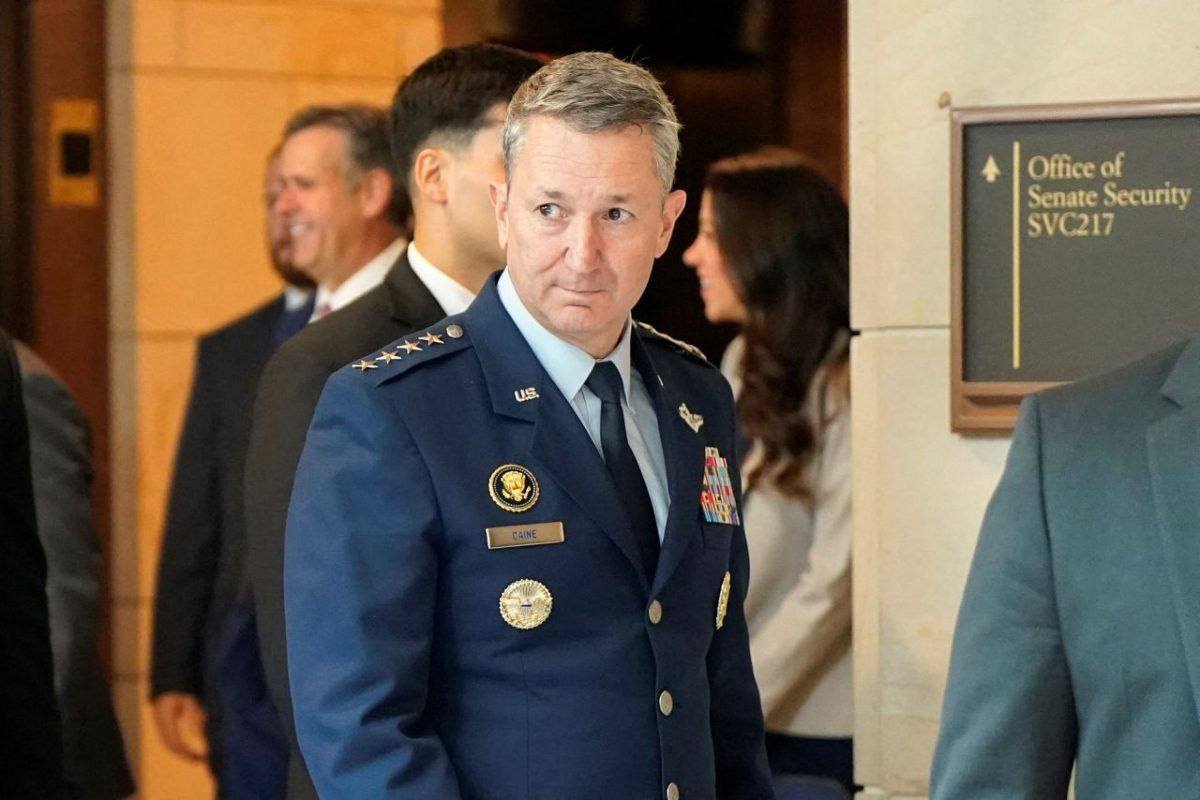
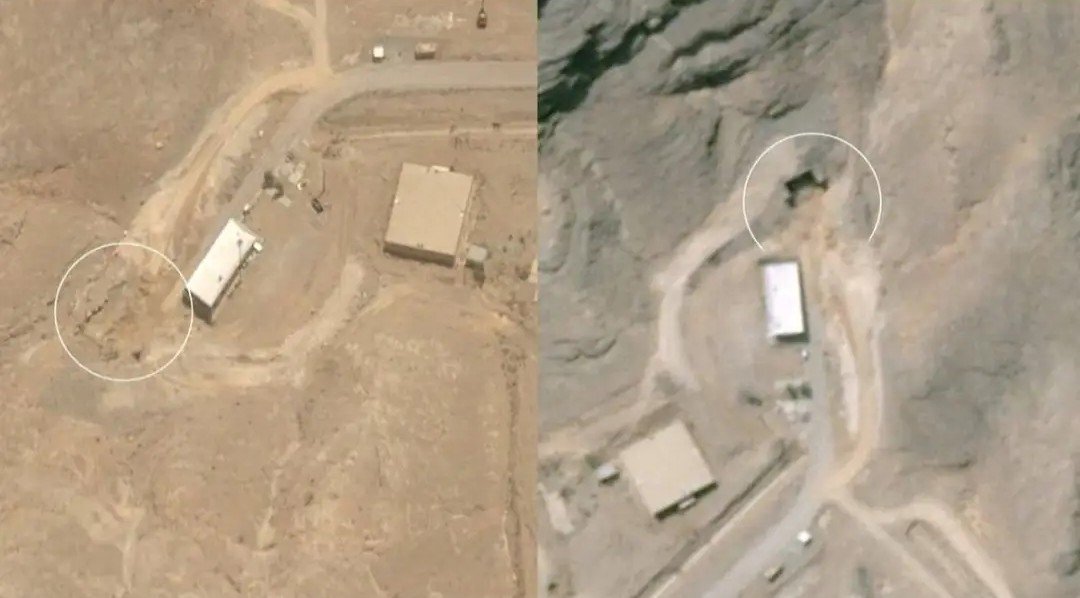
Max Bach



